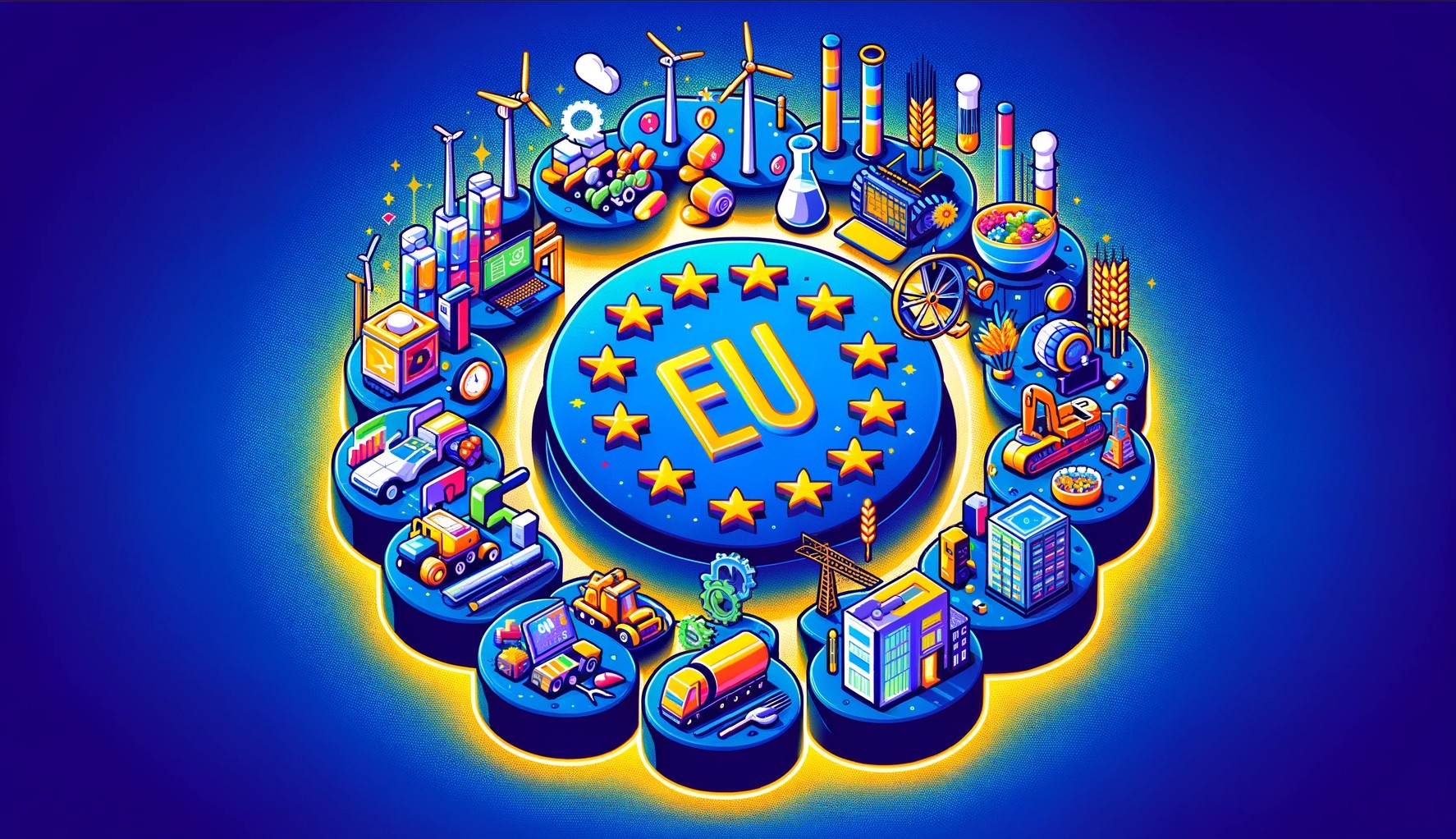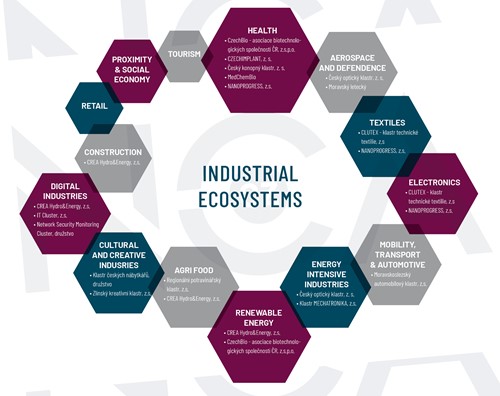European Industry Strategy - an NCA guide to help you position yourself within the ecosystems

More than 1,500 clusters operate across over 200 regions in the EU-27, playing a key role within the 14 EU Industrial Ecosystems. These ecosystems cover critical sectors such as healthcare, mobility, renewable energy, and advanced materials, contributing to Europe’s strategic autonomy.
NCA GUIDE - EUROPEAN INDUSTRY STRATEGY
|
Created: 20/03/2025 13:42:16
|
|
Created: 20/03/2025 14:28:54
|

